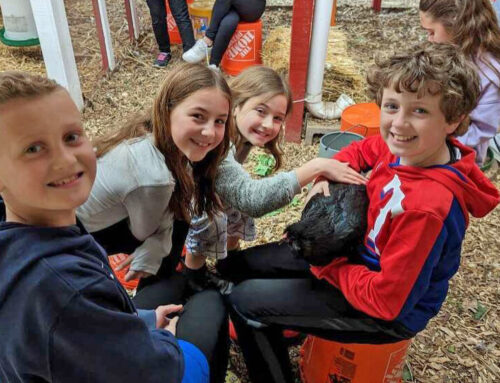Texas summers are tough on our four-legged companions. Not only do allergies peak, and fleas and ticks become serious problems; the heat itself threatens the health of many pets.
Every year, stories circulate about how people succumb to the hot summer weather. Many animals succumb, too.
Dogs and cats can only pant to expel body heat – they don’t perspire like humans. With a normal body temperature that is three to four degrees higher than ours, and a comparably inefficient method of cooling off, our pets can’t tolerate the heat as well as we can.
Particularly susceptible animals include the very young and older animals. Also, short-nosed breeds such as the pug and the boxer do not take the heat well.
Hot weather seriously challenges overweight dogs and cats and those with cardiovascular or respiratory disorders. Dogs originating from colder climates, such as the St. Bernard, Husky or Chow Chow, really suffer during Texas summers with their thick fur coats. For fleshy dogs such as the Shar pei or the English Bulldog, breathing can become difficult in hot temperatures.
Profuse panting and drooling can signal heat stress. Signs of heat stress are a strange facial expression or refusal to respond to commands. Warm, dry skin, fever, rapid heart rate, fatigue, weakness and a collapse are all symptoms of over-heating and must be addressed immediately. Phone your veterinarian right away – she will determine if you can do something at home or, more likely, advise you to bring your pet in to the hospital for immediate medical treatment. If your veterinarian isn’t available, Dallas has several emergency animal hospitals open during off-hours.
Heat stress is an emergency, but can be avoided by practicing a few simple, common-sense tips.
- Give long-haired dogs hair cuts. Outdoor dogs especially benefit from having a heavy fur coat sheared off. Have the cut professionally done so that it is even, not too short, and so that most of the undercoat is groomed away. Cats also appreciate a shorter “summer-doo,” which helps with flea control.
- Avoid walking or exercising pets during the heat of the day. In Texas, that can mean any time after 9 a.m. The best time to walk and especially run your dog is very early morning. Even in the evenings, the pavement still radiates a lot of heat from having baked in the sun all day. Remember, dogs don’t wear shoes, so the hot pavement during the day can burn their feet.
- Animals should always have access to plenty of fresh, clean, cool water, both indoors and outdoors. Place outside containers in the shade.
- Accessible shade, such as a tree or a porch, must be available at all times during the day for outside pets. A dog house that isn’t shaded won’t be adequate – the inside can become as hot as an oven in the sun. Outdoor animals must be able to find refuge in a ventilated, shaded area to avoid heat stroke.
- By the same token, never leave an animal in a parked car. Period.
Children’s wading pools offer larger dogs an opportunity to jump in and cool off when the temperature becomes unbearable. But pools present a danger to unattended smaller animals and children, so please use caution.





